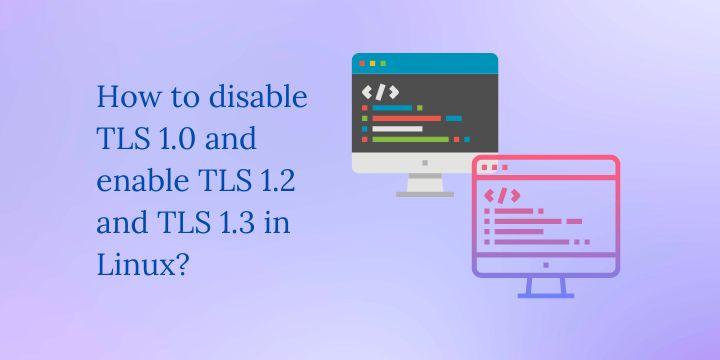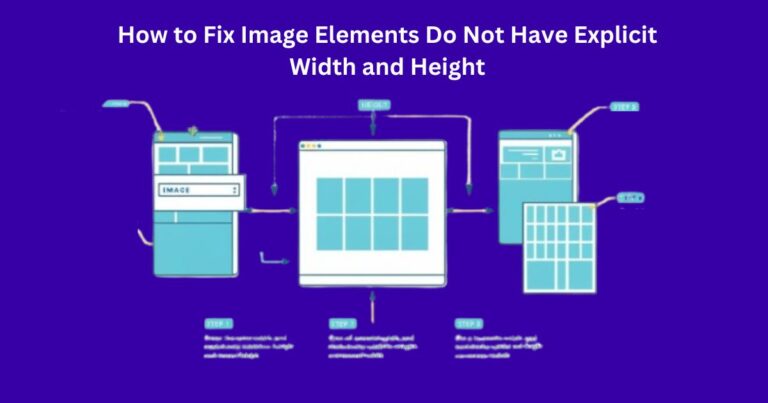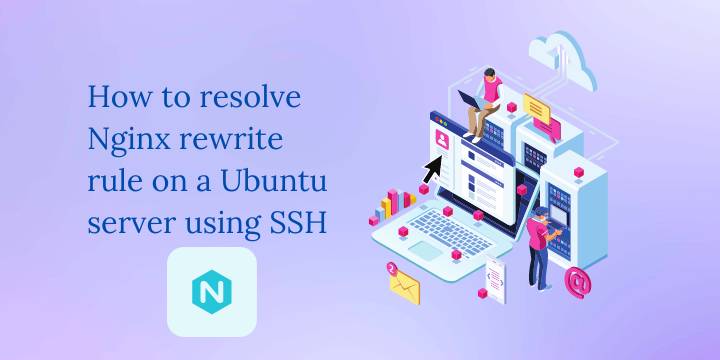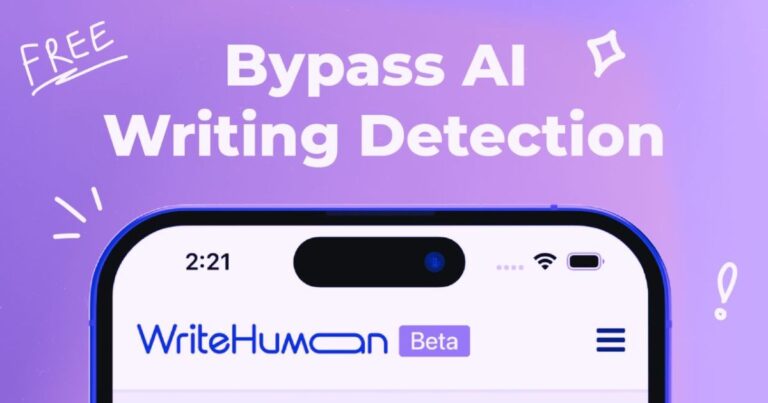E-commerce Sales Funnel : The Ultimate Guide to Drive Conversions and Sales
Master the art of e-commerce sales funnels and transform your online business with proven strategies that drive conversions. This comprehensive guide reveals how to build, optimize, and scale sales funnels that convert visitors into loyal customers, backed by the latest industry statistics and actionable insights.
Table of Contents
Understanding E-commerce Sales Funnels
An e-commerce sales funnel represents the complete customer journey from initial awareness to final purchase and beyond. Unlike traditional marketing approaches, a well-crafted sales funnel systematically guides potential customers through each stage of their buying decision, maximizing conversion rates at every touchpoint.
The modern e-commerce landscape demands more than just attractive products and competitive pricing. With average conversion rates hovering around 2.5% across industries, businesses that master the sales funnel methodology consistently outperform their competitors by 300% or more.
Did You Know?
Companies that excel at lead nurturing through optimized sales funnels generate 50% more sales-ready leads at 33% lower cost per lead.

Key Statistics and Industry Benchmarks
2.5%
Average E-commerce Conversion Rate
69.8%
Average Cart Abandonment Rate
85%
Mobile Cart Abandonment Rate
E-commerce Conversion Rates by Industry ()
*Data compiled from multiple industry sources including Oberlo, Statista, and Dynamic Yield research
Average Drop-off Rates by Funnel Stage
*Based on analysis of over 10,000 e-commerce websites across multiple industries
Conversion Performance by Device Type
*Mobile optimization remains crucial as mobile traffic continues to dominate e-commerce
The 5 Essential Stages of E-commerce Sales Funnels
Understanding each stage of your e-commerce sales funnel is crucial for optimization. Each stage serves a specific purpose in guiding customers toward conversion, and optimizing each stage individually can compound your overall results significantly.
Stage 1: Awareness
The awareness stage represents the top of your funnel where potential customers first discover your brand, products, or services. This stage is critical because it sets the foundation for all future interactions.
Key Objectives:
- • Generate brand recognition and visibility
- • Attract qualified traffic to your website
- • Establish credibility and trust
- • Capture initial interest
Optimization Strategies:
- • SEO-optimized content marketing
- • Social media advertising
- • Influencer partnerships
- • Pay-per-click advertising
Stage 2: Interest
During the interest stage, visitors have shown initial engagement with your brand and are actively seeking more information. This is where you nurture their curiosity and begin building a relationship.
Engagement Tactics:
- • Detailed product descriptions and specifications
- • High-quality product images and videos
- • Customer reviews and testimonials
- • Educational blog content
- • Email newsletter sign-ups
Metrics to Track:
- • Time spent on product pages
- • Email subscription rates
- • Social media engagement
- • Content consumption patterns
- • Return visitor percentage
Stage 3: Consideration
The consideration stage is where potential customers evaluate your products against competitors and assess whether your solution meets their specific needs. This stage requires careful nurturing and strategic positioning.
Critical Success Factors:
Social Proof
Reviews, ratings, testimonials
Trust Signals
Security badges, guarantees
Value Proposition
Clear benefits, competitive advantages
Stage 4: Conversion
The conversion stage is where visitors become customers. This is the most critical stage of your funnel, and even small optimizations can have significant impact on your bottom line.
Conversion Optimization Priority Areas:
- 1. Checkout process simplification (reduce form fields by 50%)
- 2. Multiple payment options (increases conversion by 23%)
- 3. Guest checkout option (reduces abandonment by 40%)
- 4. Mobile-optimized checkout experience
- 5. Clear shipping and return policies
Stage 5: Retention & Advocacy
The retention stage focuses on turning one-time customers into repeat buyers and brand advocates. This stage is often overlooked but offers the highest ROI potential.
Retention Strategies:
- • Personalized email marketing campaigns
- • Loyalty programs and rewards
- • Exceptional customer service
- • Regular product updates and releases
- • Community building initiatives
Key Metrics:
- • Customer Lifetime Value (CLV)
- • Repeat purchase rate
- • Net Promoter Score (NPS)
- • Customer satisfaction scores
- • Referral rates
Advanced Optimization Strategies
Data-Driven Optimization Approaches
Successful funnel optimization requires a systematic approach based on data analysis and continuous testing. The most effective strategies combine quantitative metrics with qualitative user feedback to create a comprehensive optimization framework.
A/B Testing
Continuously test different elements of your funnel to identify what drives the highest conversions.
Personalization
Tailor the user experience based on demographics, behavior, and purchase history.
Marketing Automation
Implement automated workflows to nurture leads and recover abandoned carts.
Mobile Optimization
Ensure your funnel performs flawlessly across all mobile devices and screen sizes.
Page Speed
Optimize loading times to reduce bounce rates and improve user experience.
Social Proof
Leverage reviews, testimonials, and user-generated content to build trust.
High-Impact Optimization Techniques
| Optimization Technique | Expected Impact | Implementation Difficulty | ROI Timeline |
|---|---|---|---|
| Simplified Checkout Process | +35% Conversion | Medium | 2-4 weeks |
| Exit-Intent Popups | +15% Email Capture | Low | 1-2 weeks |
| Personalized Product Recommendations | +25% Average Order Value | High | 6-8 weeks |
| Social Proof Integration | +20% Trust & Conversion | Low | 1-3 weeks |
| Cart Recovery Emails | +12% Revenue Recovery | Medium | 2-3 weeks |
| Mobile Optimization | +40% Mobile Conversion | High | 4-6 weeks |
Essential Tools and Technologies
Building and optimizing an effective e-commerce sales funnel requires the right combination of tools and technologies. Here are the essential categories and top recommendations for each stage of your funnel development.
Analytics & Tracking
- Google Analytics 4
- Hotjar (Heatmaps)
- Mixpanel
- Crazy Egg
Email Marketing
- Klaviyo
- Mailchimp
- ConvertKit
- ActiveCampaign
A/B Testing
- Optimizely
- VWO
- Google Optimize
- Unbounce
CRM Systems
- HubSpot
- Salesforce
- Pipedrive
- Zoho CRM
Landing Pages
- ClickFunnels
- Leadpages
- Instapage
- Unbounce
Personalization
- Geo Targetly
- Dynamic Yield
- Optimizely
- Segment
Featured Tool: Geo Targetly
Advanced geo-targeting and personalization platform
Key Features:
- • Real-time geo-targeting and personalization
- • Dynamic content based on visitor location
- • Currency and language localization
- • Advanced redirect and popup capabilities
- • Comprehensive analytics and reporting
Benefits for E-commerce:
- • Increase conversion rates by up to 45%
- • Reduce bounce rates through relevant content
- • Improve user experience with localization
- • Boost international sales potential
- • Easy integration with existing platforms
Real-World Case Studies
Learning from successful e-commerce funnel implementations provides valuable insights into what works in practice. These case studies showcase different approaches and the measurable results achieved through strategic funnel optimization.
Fashion E-commerce: 127% Conversion Increase
Challenge:
High cart abandonment rate (78%) and low mobile conversion rates (1.2%) were limiting growth potential for a mid-size fashion retailer.
Solution:
- • Simplified mobile checkout process
- • Implemented exit-intent popups
- • Added social proof elements
- • Geo-targeted shipping options
Results:
- • 127% increase in overall conversion
- • 45% reduction in cart abandonment
- • 89% increase in mobile conversions
- • 34% increase in average order value
Electronics Store: $2.3M Revenue Growth
Challenge:
Struggling to compete with large electronics retailers, low customer lifetime value, and poor email marketing performance.
Solution:
- • Advanced email segmentation
- • Personalized product recommendations
- • Loyalty program implementation
- • Automated post-purchase workflows
Results:
- • $2.3M additional annual revenue
- • 67% increase in repeat purchases
- • 43% improvement in email CTR
- • 156% increase in customer LTV
SaaS Tool: 340% Lead Quality Improvement
Challenge:
High volume of low-quality leads, long sales cycles, and poor conversion from trial to paid subscriptions (8%).
Solution:
- • Multi-step lead qualification
- • Progressive profiling forms
- • Behavioral-triggered email sequences
- • In-app onboarding optimization
Results:
- • 340% improvement in lead quality
- • 28% trial-to-paid conversion rate
- • 52% reduction in sales cycle
- • 89% increase in MRR growth
Common Mistakes to Avoid
Even well-intentioned optimization efforts can backfire if common pitfalls aren’t avoided. Understanding these mistakes can save you time, money, and prevent potential damage to your conversion rates.
Overcomplicating the Checkout Process
Requiring too many form fields or forcing account creation can increase abandonment rates by up to 40%.
Solution:
Implement guest checkout, use autofill features, and limit required fields to essentials only.
Ignoring Mobile Optimization
With mobile traffic comprising 60%+ of e-commerce visits, poor mobile experience can cut conversions in half.
Solution:
Prioritize mobile-first design, optimize touch interfaces, and test extensively on actual devices.
Neglecting Page Speed
Every second of delay can reduce conversions by 7%. Pages taking longer than 3 seconds lose 40% of visitors.
Solution:
Optimize images, use CDNs, minimize HTTP requests, and implement lazy loading.
Not Testing Changes
Making changes based on assumptions rather than data can decrease conversions even when intentions are good.
Solution:
Implement A/B testing for all major changes and use statistical significance to guide decisions.
Weak Follow-up Strategy
Failing to nurture leads and abandoned cart users means missing 60-70% of potential conversions.
Solution:
Set up automated email sequences, retargeting campaigns, and personalized follow-up workflows.
Insufficient Trust Signals
Lack of security badges, testimonials, and guarantees can reduce conversion rates by 25-30%.
Solution:
Display SSL certificates, customer reviews, money-back guarantees, and professional certifications prominently.
Future Trends and Innovations
The e-commerce landscape continues to evolve rapidly, driven by technological advances and changing consumer behaviors. Staying ahead of these trends is crucial for maintaining competitive advantage in your sales funnel strategy.
AI-Powered Personalization
Advanced machine learning algorithms will enable real-time personalization based on micro-interactions and behavioral patterns.
Expected Impact:
Up to 85% improvement in conversion rates through hyper-personalized experiences.
Voice Commerce Integration
Voice-activated shopping through smart speakers and mobile devices will require new funnel optimization strategies.
Market Projection:
Voice commerce expected to reach $40 billion by 2025.
Immersive AR/VR
Augmented and virtual reality will transform product visualization and reduce return rates through better product understanding.
Benefit:
64% reduction in product returns and 40% increase in purchase confidence.
Predictive Analytics
Advanced analytics will predict customer behavior, optimal pricing, and inventory needs with unprecedented accuracy.
Capability:
Predict customer lifetime value with 92% accuracy within first purchase.
Blockchain & Trust
Blockchain technology will enhance transparency, security, and trust in e-commerce transactions and supply chains.
Trust Factor:
73% of consumers willing to pay more for transparent, blockchain-verified products.
Social Commerce
Direct purchasing through social media platforms will create new funnel pathways and shorten customer journeys.
Growth Rate:
Social commerce growing at 28.4% CAGR, reaching $3.37 trillion by 2028.
Preparing for the Future
Technology Readiness:
- • Invest in flexible, API-first platforms
- • Build data collection and analysis capabilities
- • Develop mobile-first, responsive designs
- • Implement progressive web app features
Strategic Positioning:
- • Focus on customer experience excellence
- • Build strong first-party data strategies
- • Develop omnichannel integration capabilities
- • Cultivate agile, test-and-learn cultures
Frequently Asked Questions
What is the average conversion rate for e-commerce sales funnels?
How long does it take to see results from funnel optimization?
What’s the most important stage of an e-commerce sales funnel to optimize?
How can I reduce cart abandonment rates?
What tools are essential for building an effective e-commerce sales funnel?
How important is mobile optimization for e-commerce funnels?
Should I focus on acquiring new customers or optimizing for existing ones?
How do I measure the success of my sales funnel optimization efforts?
Ready to Transform Your E-commerce Sales Funnel?
Take your conversion rates to the next level with advanced geo-targeting and personalization. Start optimizing your funnel today and see results within weeks.
Start Your Free Trial with Geo Targetly NowNo credit card required • 14-day free trial • Setup in minutes
Disclosure: We may earn commission for purchases that are made by visitors on this site at no additional cost on your end. All information is for educational purposes and is not intended for financial advice. Read our affiliate disclosure.






